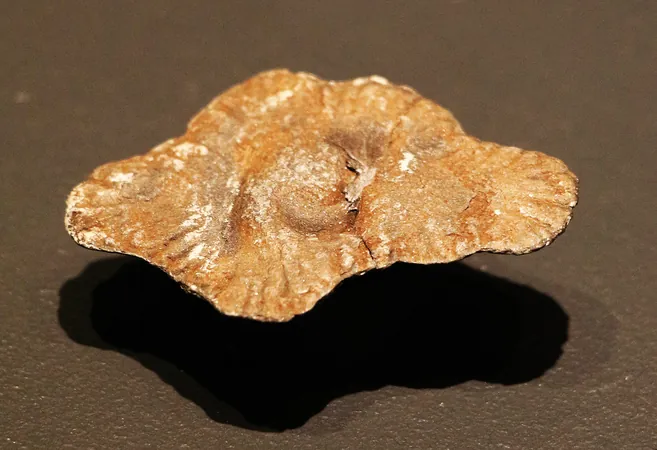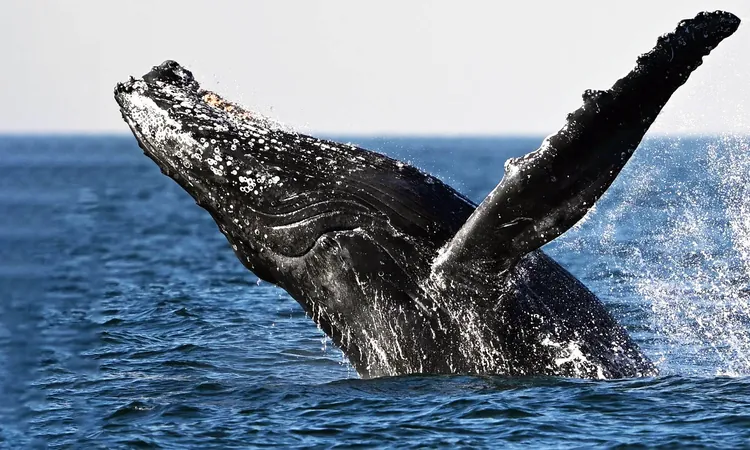
Are Gabonionta Really the Earliest Evidence of Eukaryotic Life? A Skeptical Examination of the Controversial Fossils
2024-09-20
A new wave of skepticism is rolling in regarding the purported precambrian fossils known as Gabonionta, unearthed in Gabon, West Africa. Initially hailed as the oldest evidence of complex life, recent scrutiny highlights that they may be nothing more than an over-promotion.
In a ground-breaking discovery back in 2008, geologist Prof. Abderrazak El Albani found peculiar radial structures, believed to be about 2.1 billion years old, embedded within the Proterozoic rocks of the Francevillian Formation. These so-called “ear-shaped” structures, measuring up to 6.7 inches, were described in 2010 in Nature as potential representatives of early multicellular eukaryotic life forms. However, the original research was far more cautious than later media portrayals, merely suggesting these could represent fossilized colonial organisms.
The Media Sensation: From Science to Hype?
In March 2014, a special exhibition titled “Experiment Life: The Gabonionta” at the Natural History Museum in Vienna catapulted these fossils into the limelight, backed by an extensive media campaign. Sensational headlines characterized the newfound structures as “revolutionary,” proclaiming the significant implications for evolutionary science. Yet, the initial excitement glossed over some serious scientific apprehensions.
Perhaps the most striking aspect about Gabonionta was the fact that these alleged organisms were never formally named in scientific literature. The coined term “Gabonionta” emerged during public presentations but lacked proper taxonomic validation. Although some argue that the informal designation still holds validity, the question remains unresolved: can we call it a legitimate branch of life if it wasn’t formally classified?
Skepticism from the Scientific Community
Notably, prominent figures like famed German paleontologist Prof. Adolf Seilacher challenged these claims, advocating that these structures might simply be abiotic imitations formed during natural geological processes. While El Albani and others insisted that these fossils indeed represented life, numerous scientists began to find the evidence less persuasive.
Press coverage was rampant right after the exhibition, yet since then, the research into Gabonionta has stagnated. The lack of follow-up studies has raised eyebrows and prompted additional critiques. Even in more recent publications about related fossil findings, there has been no mention of multicellularity—suggesting a significant retreat from the earlier claims about Gabonionta.
New Findings Cast Doubt Yet Again
In the latest research conducted by Chi Fru et al. (2024), Gabonionta make a reappearance, but not in the shape of clear fossils. Instead, yearnings in the scientific community have shifted toward geochemical implications rather than direct fossil analysis. The researchers found some correlation between the geological context of Gabonionta and nutrient concentrations in ancient seawater—however, that remains a huge leap from proving they were complex organisms.
Concerns over the methodologies employed in these newer studies underscore the uncertainty about Gabonionta's biological origins. Many scientists argue that the evidence amassed so far could equally point to inorganic formations or microbial activity that does not support the theory of an evolutionary transition to complex life.
Conclusion: Navigating Through Speculation
The saga of Gabonionta reflects the tantalizing nature of paleo-science—where the line between groundbreaking discovery and unwarranted hype can be thin. While the idea of complex life existing billions of years ago is exhilarating, the arguments supporting Gabonionta as definitive evidence remain marred by skepticism and unanswered questions.
So, have we really uncovered a vital clue about the origins of life, or is the Gabonionta merely the product of wishful thinking and sensationalist reporting? As the scientific debate unfolds, only time will reveal the truth behind these mysterious Precambrian structures—if there’s anything to unveil at all.



 Brasil (PT)
Brasil (PT)
 Canada (EN)
Canada (EN)
 Chile (ES)
Chile (ES)
 España (ES)
España (ES)
 France (FR)
France (FR)
 Hong Kong (EN)
Hong Kong (EN)
 Italia (IT)
Italia (IT)
 日本 (JA)
日本 (JA)
 Magyarország (HU)
Magyarország (HU)
 Norge (NO)
Norge (NO)
 Polska (PL)
Polska (PL)
 Schweiz (DE)
Schweiz (DE)
 Singapore (EN)
Singapore (EN)
 Sverige (SV)
Sverige (SV)
 Suomi (FI)
Suomi (FI)
 Türkiye (TR)
Türkiye (TR)